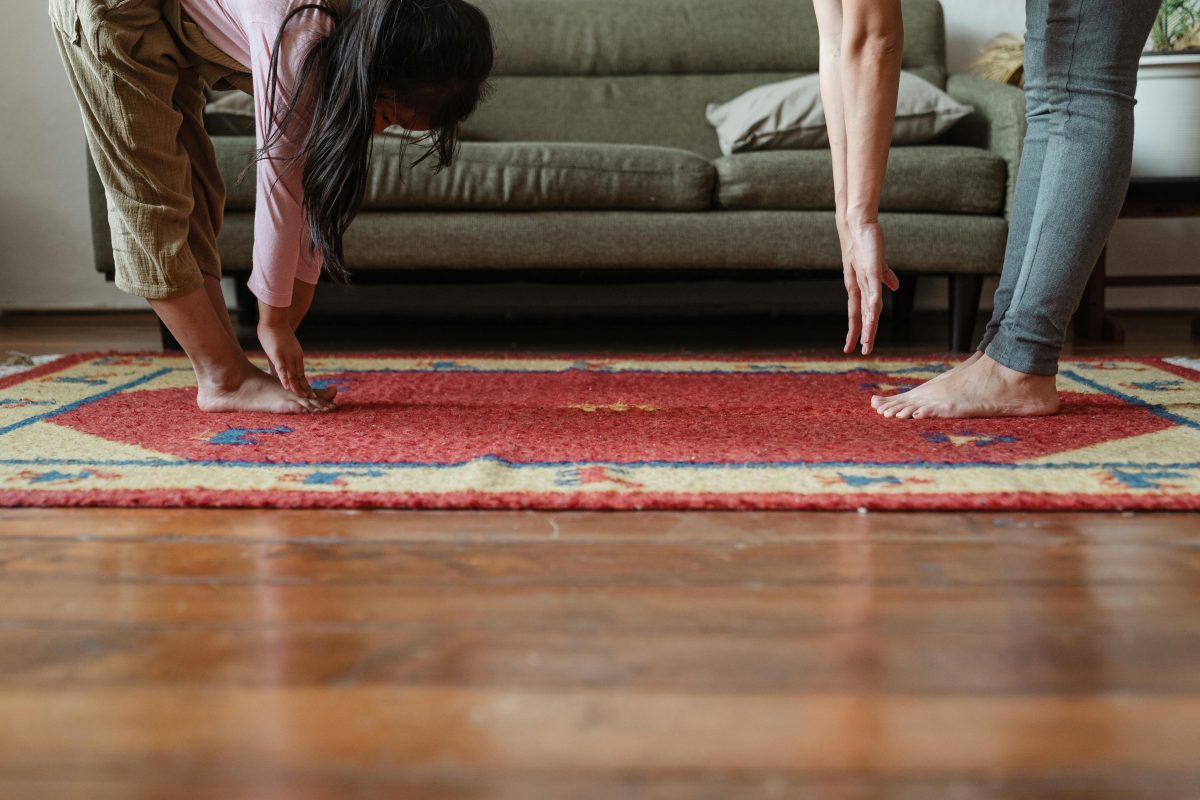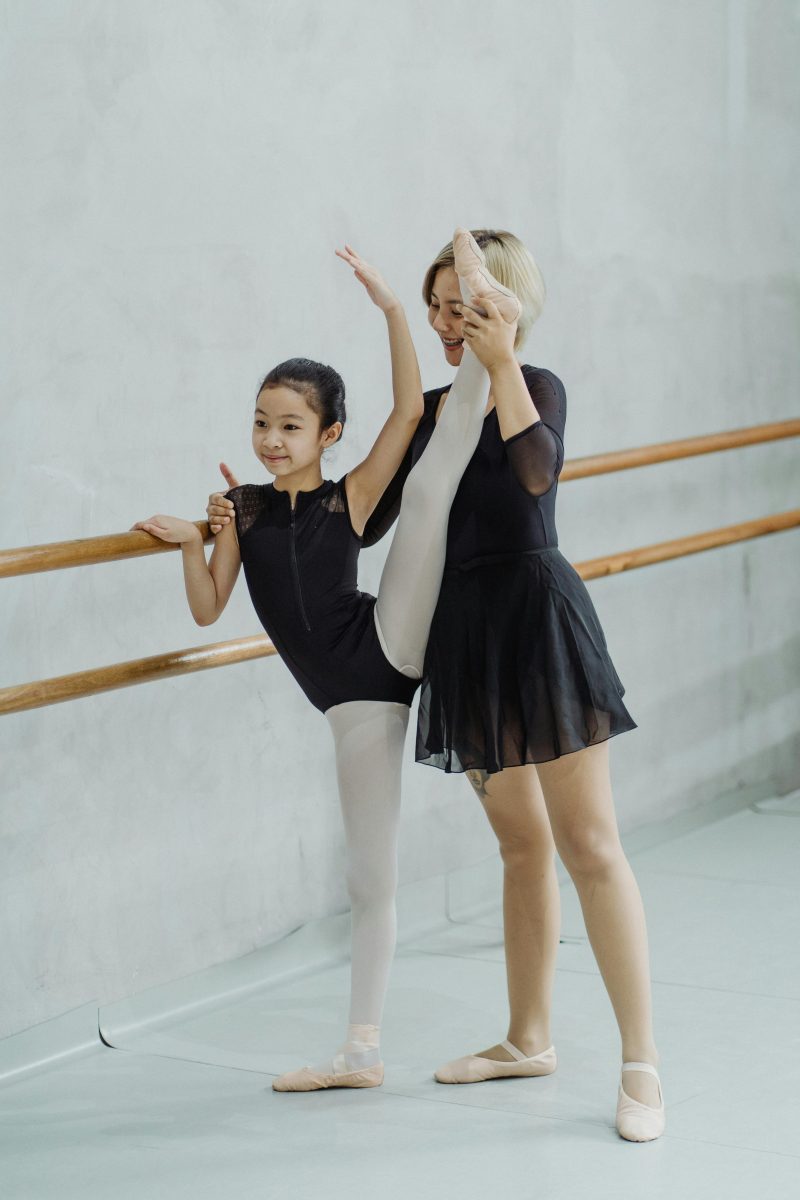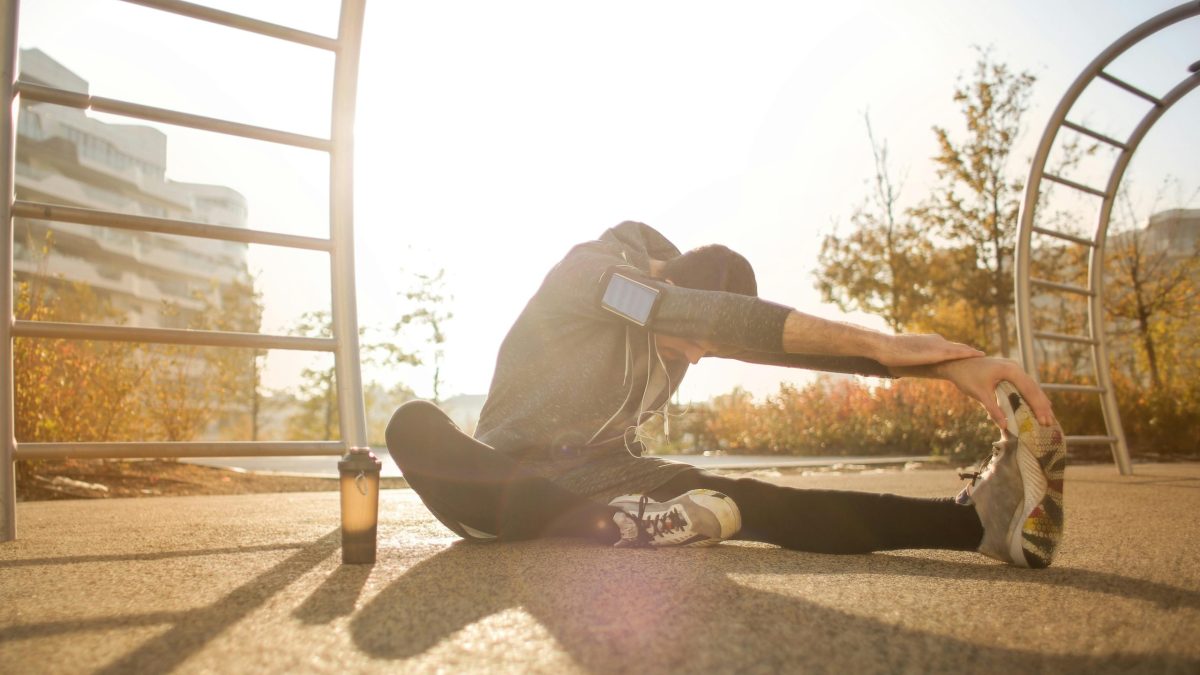Introduction to Physical Fitness in Childhood

In the realm of childhood, physical fitness encapsulates more than just the absence of illness; it’s about developing strength, flexibility, and endurance from a young age. Globally, the current state of child health and fitness presents a mixed picture, with rising concerns over obesity and physical inactivity. Discussing physical fitness in childhood is paramount, not just for combating these issues, but for instilling lifelong habits of health and well-being. It’s about laying a foundation that supports not just physical, but emotional and mental development. The purpose of focusing on physical fitness during these formative years is multifaceted, aiming to equip children with the tools they need to lead healthy, active lives. This conversation is crucial, now more than ever, as we navigate a world where sedentary lifestyles are becoming the norm. By prioritising physical fitness from a young age, we’re not just addressing immediate health concerns; we’re shaping the future well-being of our society.
The Foundation of Lifelong Health

Establishing Healthy Habits Early
- From the moment children take their first steps, the habits they form set the stage for their future.
- Introducing them to a variety of physical activities makes movement a fun part of every day.
- This early introduction helps embed exercise as a natural part of life, fostering a positive attitude towards staying active.
The Role of Physical Fitness in Preventing Childhood Obesity
- Physical fitness acts as a powerful counterbalance to sedentary lifestyles and high-calorie diets.
- Encouraging regular physical activity improves children’s health and reduces the risk of obesity-related conditions.
- Active play, sports, and family walks can make a significant difference.
Long-term Benefits of a Physically Active Lifestyle
- Embracing physical fitness from a young age leads to a lifetime of benefits.
- Improved strength, flexibility, and endurance are just the beginning.
- A physically active lifestyle contributes to better mental health, academic performance, and social skills.
By weaving physical activity into the fabric of childhood, we’re not just fighting the battle against obesity and inactivity; we’re nurturing a generation that values health, happiness, and well-being. The journey towards a healthier future begins with the steps we encourage our children to take today.
The Vital Link Between Physical Fitness and Mental Well-being in Children

Physical Activity and Mental Health: A Symbiotic Relationship
- Engaging in regular exercise strengthens both the body and mind.
- It’s a natural mood booster, helping to alleviate symptoms of stress and depression.
- Physical activity leads to the release of endorphins, enhancing well-being.
Exercise: A Catalyst for Confidence and Self-esteem
- Achievements in physical activities provide a sense of accomplishment.
- These milestones boost children’s self-worth and confidence.
- This positive self-perception influences their social interactions and academic performance.
Impacting Academic Performance and Cognitive Development
- Regular physical activity is linked to better concentration, memory, and classroom behaviour.
- Exercise stimulates brain growth and boosts cognitive skills, supporting academic achievement.
Encouraging a physically active lifestyle from a young age is not merely an investment in children’s health but also in their academic and personal development. By fostering an environment where physical activity is valued, we’re supporting our children to thrive both in and out of the classroom. This holistic approach to childhood development is essential for nurturing well-rounded, healthy, and happy individuals.
For more insights into the benefits of physical activity for children, visit the Australian Government Department of Health and the Raising Children Network.
Strategies for Promoting Physical Fitness in Childhood

Role of Parents and Caregivers
Parents and caregivers play a pivotal role in shaping children’s attitudes towards physical activity. By incorporating movement into daily routines and demonstrating a positive attitude towards exercise, they set a powerful example. Family walks, bike rides, or playing sports together not only strengthen bonds but also instil a love for physical activity from an early age.
Physical Education Programs in Schools
Physical education (PE) programs are crucial in providing structured opportunities for children to explore various forms of exercise. These programs offer a safe environment for children to develop physical skills, understand the importance of teamwork, and learn about healthy competition. Schools should prioritise PE to ensure all children have access to regular, enjoyable physical activity.
Community and Policy-Level Interventions
Creating safe and accessible spaces for play and exercise is essential. Community parks, playgrounds, and sports facilities encourage active play and social interaction. Local governments can support physical fitness by investing in infrastructure that promotes walking, cycling, and other forms of exercise. Policies that prioritise the development of recreational areas are key to fostering active communities.
Innovative Approaches to Technology and Physical Activity
Integrating technology with physical activity offers exciting opportunities to engage children. Fitness trackers, interactive games, and apps that encourage movement can make exercise fun and appealing. These tools can motivate children to set and achieve fitness goals, turning physical activity into a rewarding and enjoyable part of their daily lives.
By adopting these strategies, we can overcome barriers to physical fitness and create a culture that values and promotes active living from childhood. Encouraging physical activity through family, school, and community efforts lays the groundwork for a healthier, more active generation.
Overcoming Barriers to Physical Activity

Practical Tips for Parents
- Variety of Activities: Introduce children to different physical activities to cater to their preferences and make exercise enjoyable.
- Safety First: Choose age-appropriate activities, ensure a secure environment, and teach personal safety and awareness.
Strategies for Schools and Communities
- Inclusive Physical Education: Offer a range of activities in PE to cater to students with varying abilities and interests.
- Accessible Spaces: Provide safe spaces for play and exercise, such as community gardens, walking trails, and adaptive playgrounds.
Supportive Environment: By working together, parents, schools, and communities can encourage children to engage in physical activity, addressing barriers and offering diverse and inclusive options.
In Closing
Physical fitness in childhood shapes lifelong health. It’s the cornerstone of a happy, active future. By intertwining exercise with daily life from an early age, we lay the groundwork for robust physical, mental, and emotional development. This journey, enriched by family, school, and community efforts, empowers children to overcome obstacles to activity, fostering a generation that values wellness. Let’s commit to nurturing this culture of health, ensuring every child has the opportunity to thrive.” has errors in it. Broekenenn h2 tags, li tags, double sets of ” etc. Please fix Also remove p tags that appears inside li tags.
The Importance of Physical Fitness in Childhood FAQs
Yes, physical fitness can improve academic performance in children by enhancing concentration, memory, and classroom behavior. Exercise increases blood flow to the brain, which supports cognitive functioning and neural growth. Children who are physically active tend to have better attendance and are more likely to achieve higher grades.
Schools can promote physical fitness by integrating physical education programs into the curriculum, offering extracurricular sports, and encouraging active play during recess. Providing access to facilities and equipment for various physical activities encourages students to be active. Additionally, educating students on the benefits of physical fitness and healthy lifestyle choices can foster a culture of wellness.
Physical activity positively impacts a child’s mental health by reducing symptoms of depression and anxiety. It increases the production of endorphins, which are natural mood lifters, and can improve self-esteem and cognitive function. Regular exercise also helps in managing stress and improving overall emotional well-being.
Physical fitness is a key factor in preventing and managing childhood obesity by burning calories and building muscle, which boosts metabolism. Regular physical activity helps maintain a healthy weight and reduces the risk of developing obesity-related diseases. It also encourages healthy eating habits and lifestyle choices.
Children need at least 60 minutes of moderate to vigorous physical activity each day. This can include playtime, sports, recreation, physical education, or exercise routines as part of their daily activities. Breaking up the 60 minutes into shorter sessions throughout the day can make it more manageable and fun.
Maintaining physical fitness from childhood into adulthood can lead to a longer, healthier life by reducing the risk of chronic diseases such as heart disease, diabetes, and certain cancers. It also helps in maintaining a healthy weight, improving mental health, and enhancing quality of life. Early habits of regular physical activity set the foundation for a lifetime of health benefits.
Physical fitness offers significant social benefits for children, including improved teamwork and communication skills, and the opportunity to make friends. Participating in team sports or group activities helps children learn cooperation, respect for others, and leadership skills. It also provides a sense of belonging and community.
Parents play a crucial role in encouraging physical fitness by being active role models and making physical activity a family priority. They can set a positive example by participating in physical activities themselves and by providing opportunities for children to be active. Encouraging playtime, enrolling children in sports, and limiting screen time are effective strategies.
A mix of aerobic, muscle-strengthening, and bone-strengthening activities are best for children to promote overall health. Activities like running, swimming, jumping rope, and playing team sports like soccer or basketball can be fun and effective. It’s important to choose activities that are age-appropriate and enjoyable to encourage regular participation.
Physical fitness is crucial in childhood because it establishes the foundation for a healthy lifestyle and prevents obesity. It helps in the development of strong bones, muscles, and joints, as well as promoting better sleep and mood. Engaging in regular physical activity from a young age can also instill lifelong habits of exercise.

